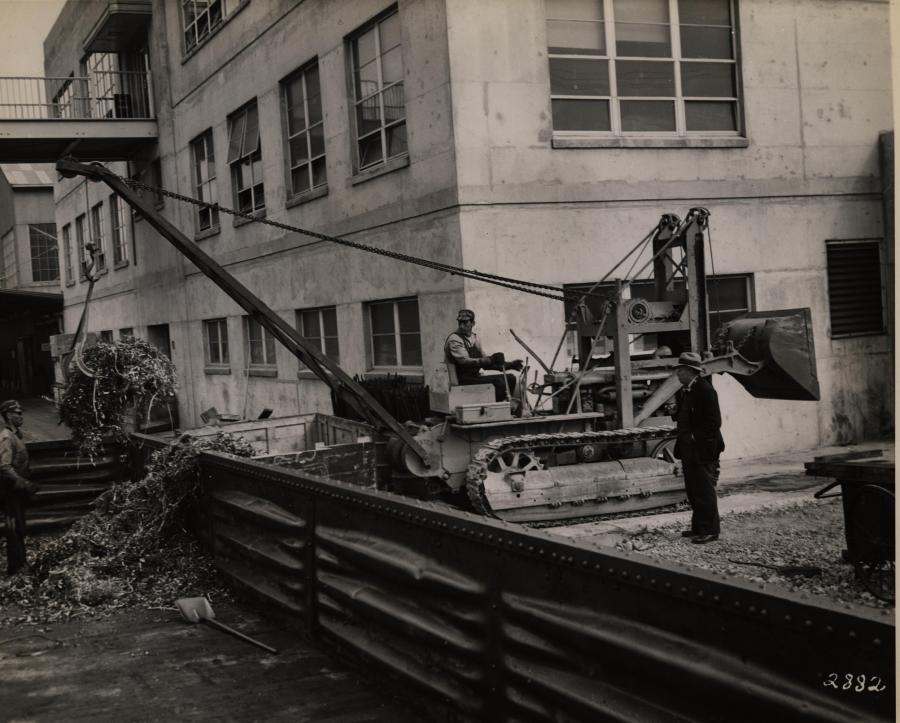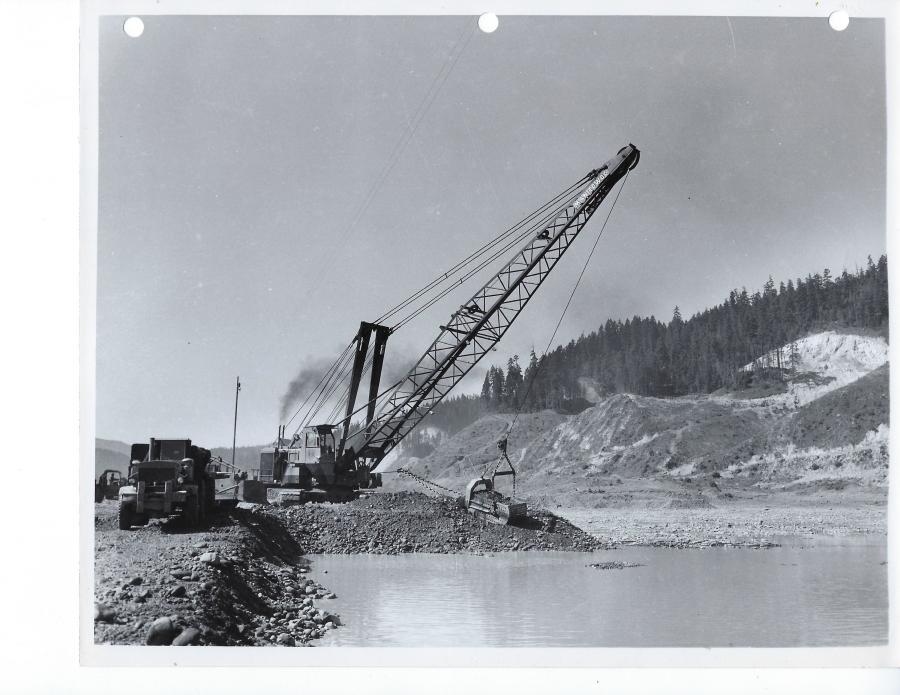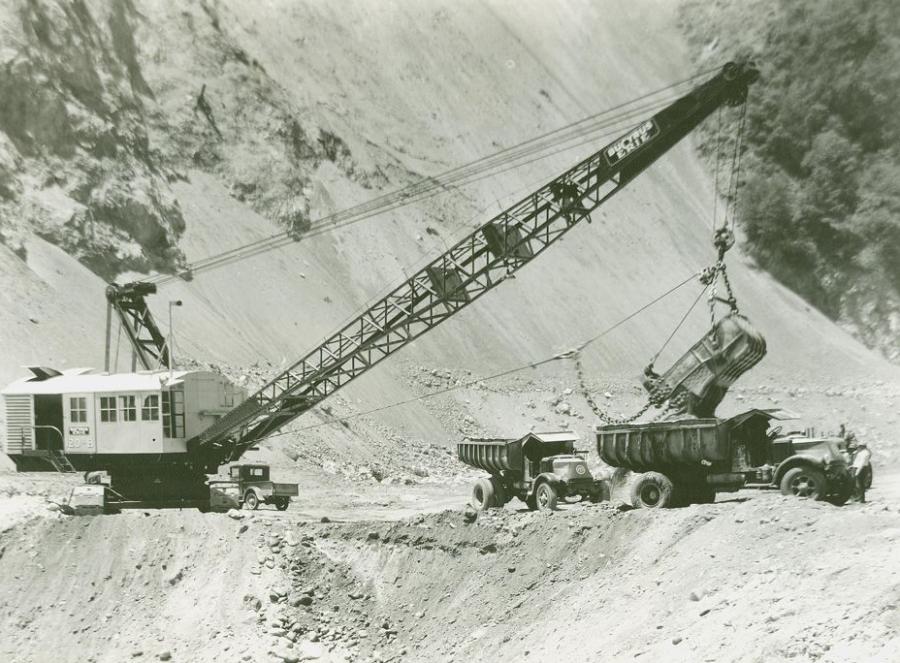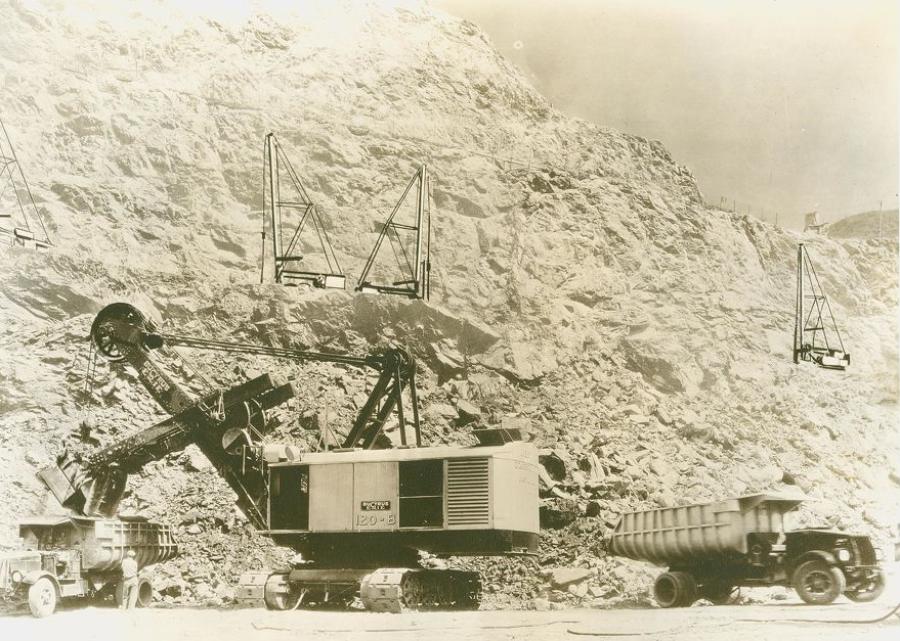Mon January 31, 2022
HCEA
The Historical Construction Equipment Association provides a look back at cranes hard at work in the west.
The Historical Construction Equipment Association (HCEA) is a 501(c)3
non-profit organization dedicated to preserving for public education the history
of the construction, dredging and surface mining equipment industries.
 Cranes Equipment
Cranes Equipment Articles
Articles Email Updates
Email Updates Sell Your Machines
Sell Your Machines

 Cranes Equipment
Cranes Equipment Cranes Dealers
Cranes Dealers Cranes Articles
Cranes Articles Email Updates
Email Updates Sell Your Machines
Sell Your Machines



